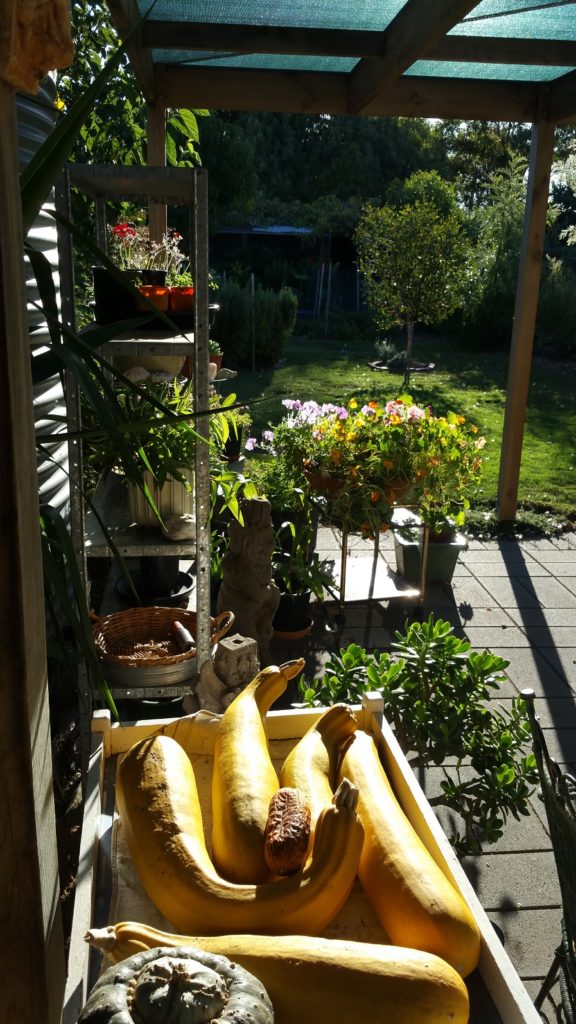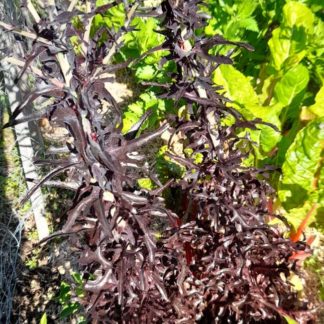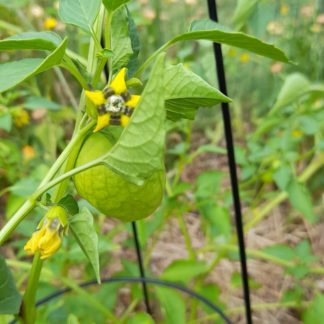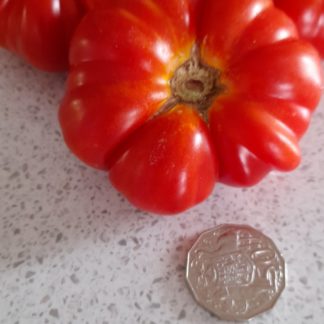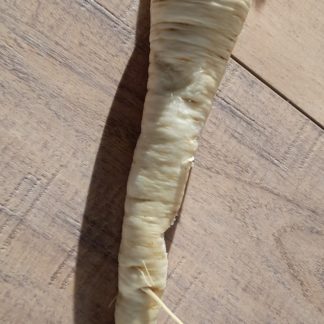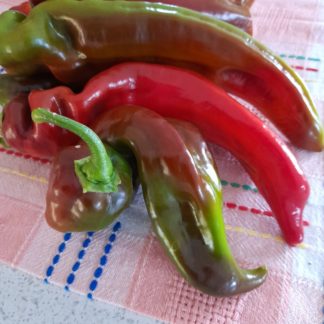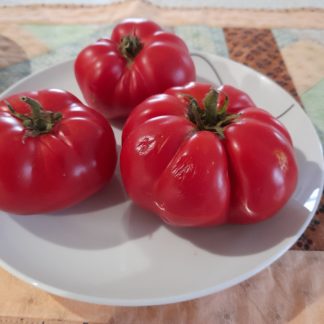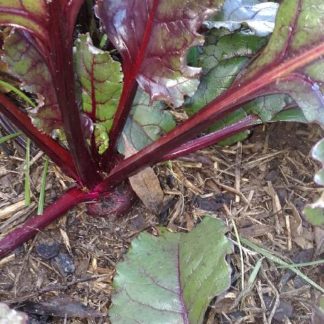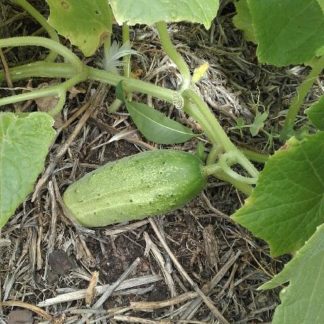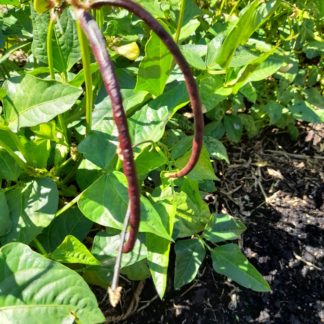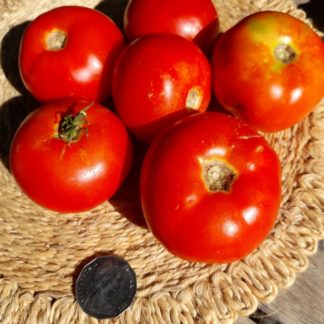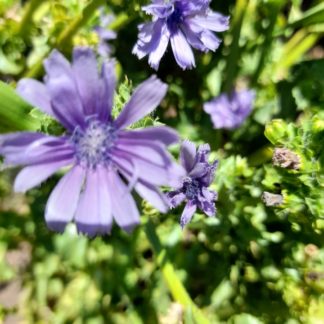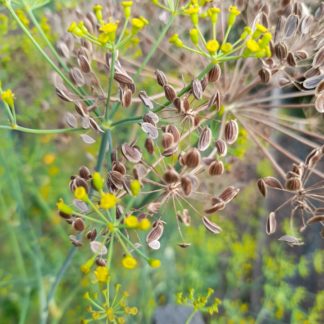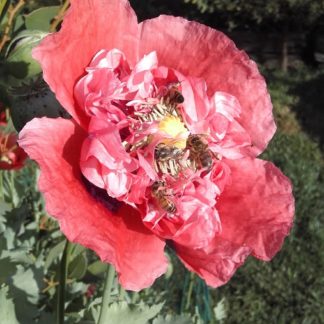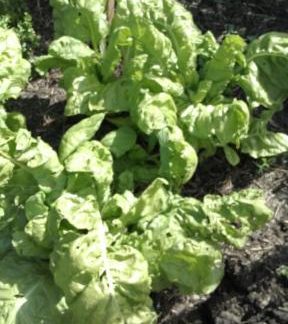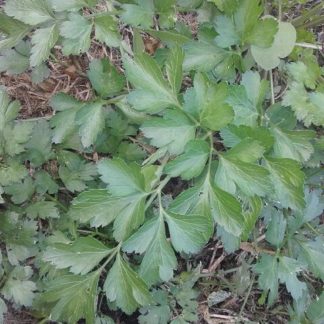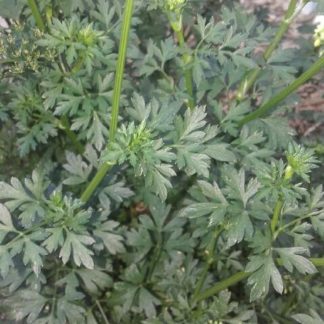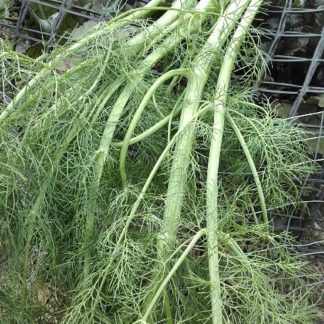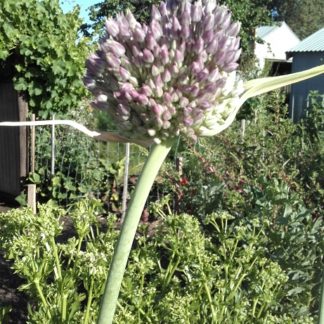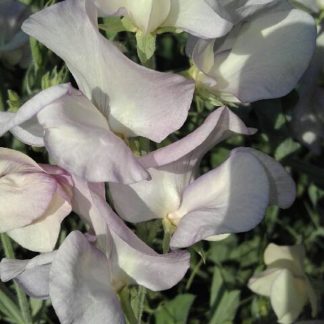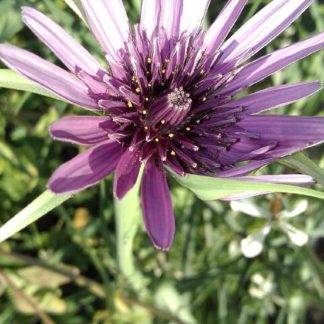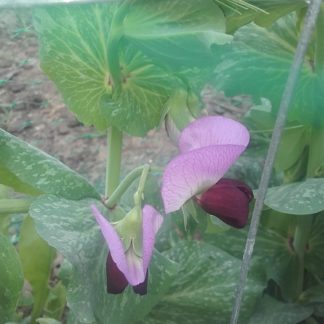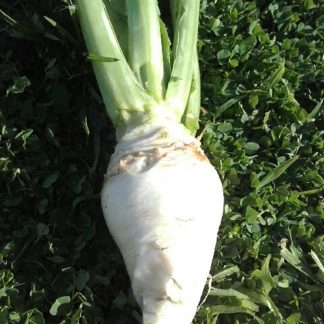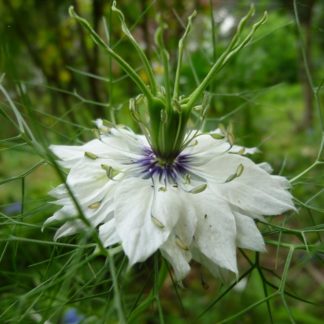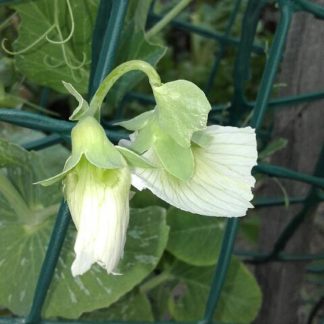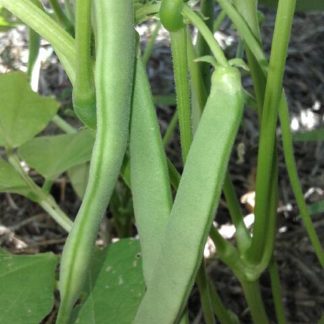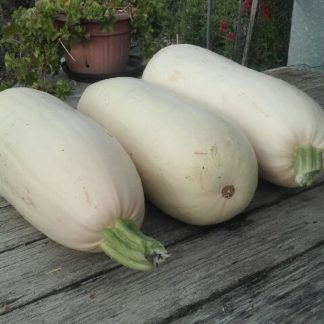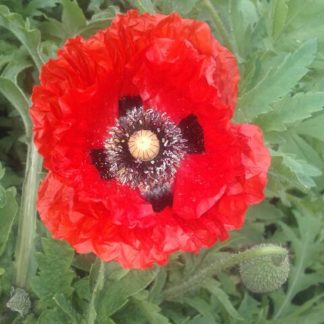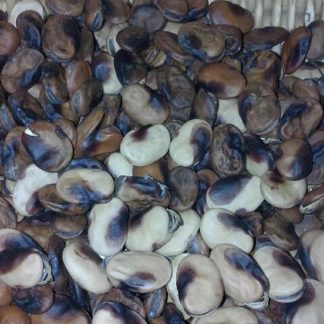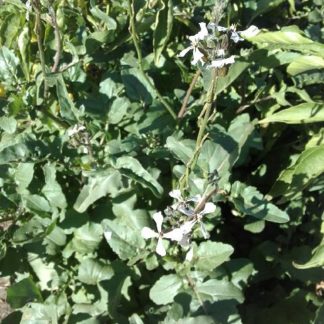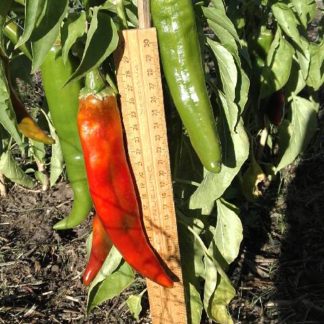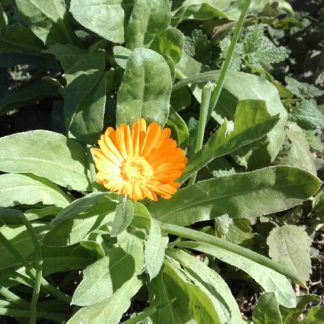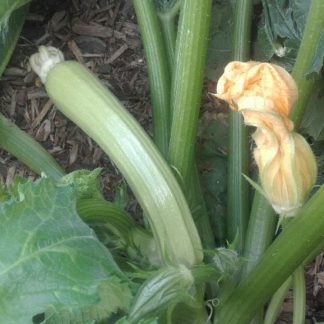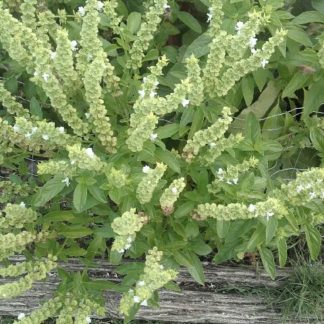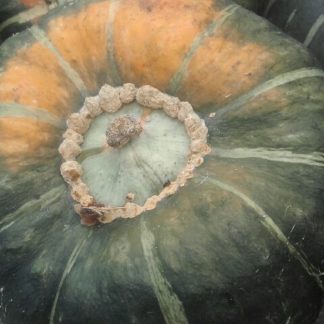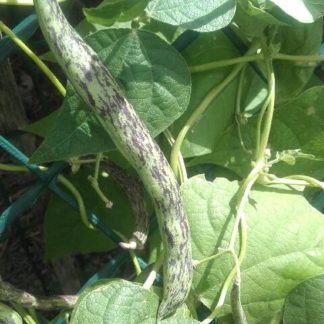The dry inland of Australia covers a vast landscape. Here in The Wimmera, our rains come in winter, usually, and after a long dry summer and autumn, the garden responds as it would to the coming of spring in more temperate and coastal climates.
The grass grows again, and so-called weeds, which make good foraging for salads and medicinal teas. Lettuces, silverbeet, broccoli, kales get going , and beetroot and turnips begin to form nice bulbs.
Nettle, dandelion, rocket, self sown parsley, dill, coriander and fresh garlic shoots like spring onions, all add to the menu for both people and poultry.
The fruit trees are bare, but the wattles are about to burst into colour. Sparrows and blackbirds raid the garden for feed, but avoid all the plants mentioned above, and greedily eat the new pea plants, to the point that they have to be covered with cages to protect them.
Foraging includes olives from wayside trees and big bags of fallen leaves , to supplement the straw in the duck yard, which eventually turns into lovely compost and mulch. More lawn is turned into no dig gardens and small circular gardens are made on the Nature Strip as ever more space is needed.
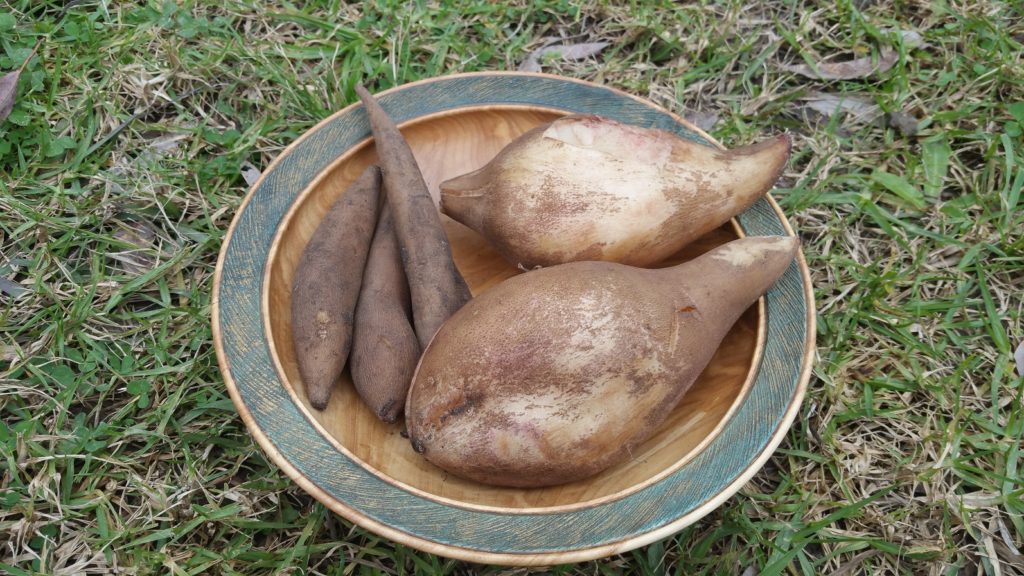
Yacón is this year’s discovery. A tuber from a friend turned into a tall plant with large leaves. When the frost hit it, it was pulled up and yielded a good kilo of tubers, about 4 very large and some smaller ones. The Seed Savers’ Handbook gives information about propagation but a search on the Internet was needed to learn how to cook and eat it. They look a bit like potatoes, but are very juicy and crunchy, texture like water chestnut, mildly sweet and not unlike a Nashi Pear. They can be eaten cooked or raw. In a casserole, the Yacon took on the flavours of the stock and herbs and eventually softened to a texture like Choko. Chopped up raw, they go well in a fruit salad.
Pumpkins did not give a good yield this year. We had a cool wet summer and only got a couple of decent fruit. Here is a wonderful recipe for a Pumpkin Custard which can be eaten as a custard or used as a filling for a pie. It comes from a little recipe book that was originally sold at Aunt Emily’s Craft shop in Bowraville in NSW. It was contributed by Eva Spring

PUMPKIN CUSTARD
1 1/2 cups cooked mashed pumpkin, 3 eggs beaten well , 1/2 cup brown sugar, salt, cinnamon and ground ginger to taste, 2 teaspoons grated orange rind, 1/2 cup light cream.
Mix together and pour into a pie shell or dish. Bake in a moderate over 30-35 minutes or till set. Goes well with yogurt , cream or ice-cream.
Keep warm and stay well till spring.
